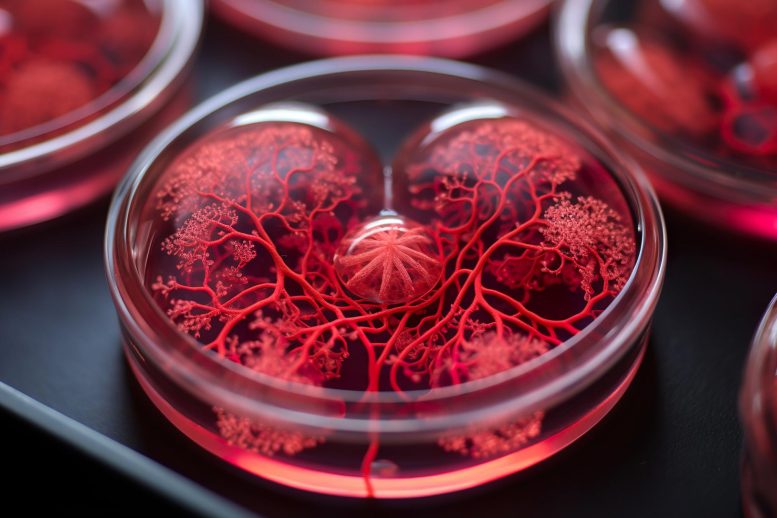
The Technical University of Munich has successfully developed a “mini-heart” organoid using stem cells, providing a model that could enhance our understanding of heart development and diseases. The innovative organoid, consisting of both heart muscle cells and outer heart layer cells, enables the replication of patient-specific heart conditions and may reduce reliance on animal testing in future drug development. (Artist’s concept.)
Researchers at the Technical University of Munich (TUM) have successfully induced stem cells to mimic the process of human heart development, resulting in a “mini-heart” or organoid. This breakthrough will allow for a deeper understanding of the initial stages of heart development and will support research into heart-related diseases.
The human heart begins to take shape roughly three weeks post-conception, often a period when many women still haven’t realized they’re pregnant. This factor contributes to our relatively limited knowledge regarding the intricate details of early heart formation. Insights gained from animal research are not entirely applicable to human beings, hence the significance of the organoid created by the TUM team to the scientific community.
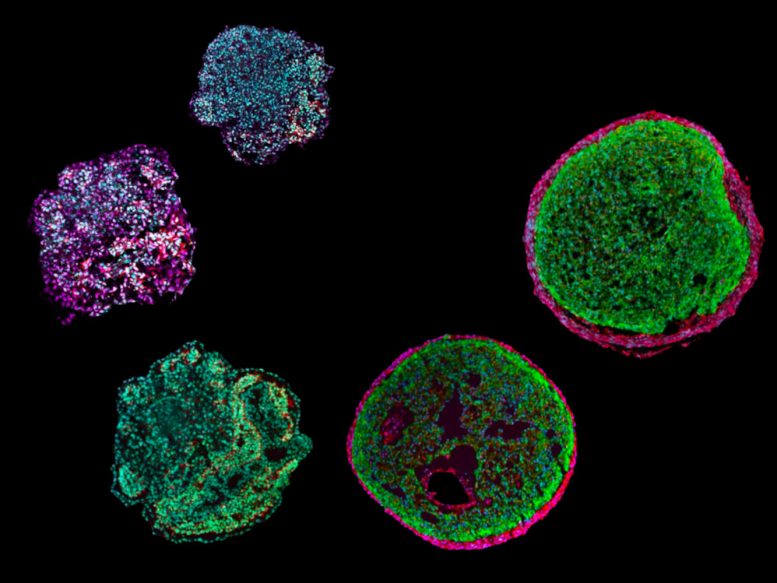
Various stages in the development of heart organoids (Epicardioids). Credit: Alessandra Moretti / TUM
A ball of 35,000 cells
The team working with Alessandra Moretti, Professor of Regenerative Medicine in Cardiovascular Disease, has developed a method for making a sort of “mini-heart” using pluripotent stem cells. Around 35,000 cells are spun into a sphere in a centrifuge. Over a period of several weeks, different signaling molecules are added to the cell culture under a fixed protocol. “In this way, we mimic the signaling pathways in the body that control the developmental program for the heart,” explains Alessandra Moretti. The group has now published its work in the journal Nature Biotechnology.
First-ever “epicardioids”
The resulting organoids are about half a millimeter in diameter. Although they do not pump blood, they can be stimulated electrically and are capable of contracting like human heart chambers. Prof. Moretti and her team are the first researchers in the world to successfully create an organoid containing both heart muscle cells (cardiomyocytes) and cells of the outer layer of the heart wall (epicardium). In the young history of heart organoids – the first were described in 2021 – researchers had previously created only organoids with cardiomyocytes and cells from the inner layer of the heart wall (endocardium).
“To understand how the heart is formed, epicardium cells are decisive,” says Dr. Anna Meier, first author of the study. “Other cell types in the heart, for example in connecting tissues and blood vessels, are formed from these cells. The epicardium also plays a very important role in forming the heart chambers.” The team has appropriately named the new organoids “epicardioids.”
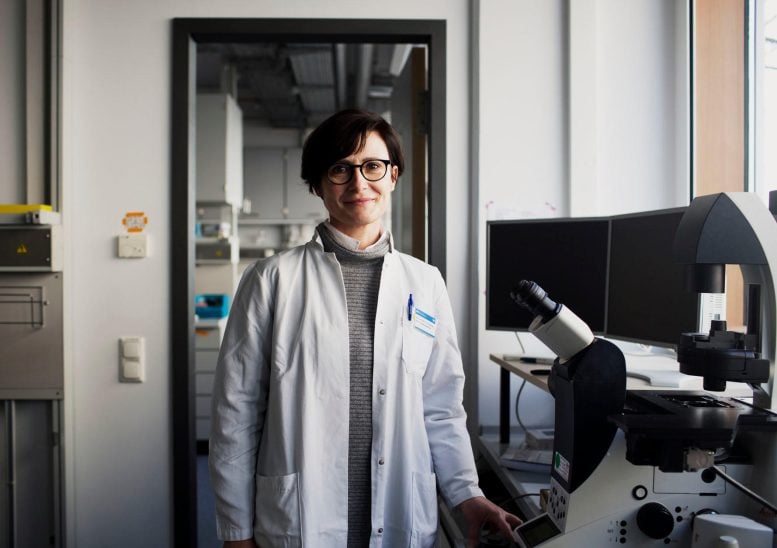
Prof. Alessandra Moretti. Credit: Daniel Delang / TUM
New cell type discovered
Along with the method for producing the organoids, the team has reported its first new discoveries. Through the analysis of individual cells, they have determined that precursor cells of a type only recently discovered in mice are formed around the seventh day of the development of the organoid. The epicardium is formed from these cells. “We assume that these cells also exist in the human body – if only for a few days,” says Prof. Moretti.
These insights may also offer clues as to why the fetal heart can repair itself, a capability almost entirely absent in the heart of an adult human. This knowledge could help to find new treatment methods for heart attacks and other conditions.
Producing “personalized organoids”
The team also showed that the organoids can be used to investigate the illnesses of individual patients. Using pluripotent stem cells from a patient suffering from Noonan syndrome, the researchers produced organoids that emulated characteristics of the condition in a Petri dish. Over the coming months, the team plans to use comparable personalized organoids to investigate other congenital heart defects.
With the possibility of emulating heart conditions in organoids, drugs could be tested directly on them in the future. “It is conceivable that such tests could reduce the need for animal experiments when developing drugs,” says Alessandra Moretti.
Organoid research is a key research area at TUM
The researchers have registered an international patent for the process of creating heart organoids. The Epicardioid model is one of several organoid projects at TUM. At the Center for Organoid Systems, work groups from various departments and chairs will collaborate. They will conduct interdisciplinary research into pancreas, brain, and heart organoids with state-of-the-art imaging and cellular analysis to study the formation of organs, cancer, and neurodegenerative diseases and achieve progress for medicine with human 3D systems.
Reference: “Epicardioid single-cell genomics uncovers principles of human epicardium biology in heart development and disease” by Anna B. Meier, Dorota Zawada, Maria Teresa De Angelis, Laura D. Martens, Gianluca Santamaria, Sophie Zengerle, Monika Nowak-Imialek, Jessica Kornherr, Fangfang Zhang, Qinghai Tian, Cordula M. Wolf, Christian Kupatt, Makoto Sahara, Peter Lipp, Fabian J. Theis, Julien Gagneur, Alexander Goedel, Karl-Ludwig Laugwitz, Tatjana Dorn and Alessandra Moretti, 3 April 2023, Nature Biotechnology.
DOI: 10.1038/s41587-023-01718-7
The study was funded by the European Research Council.


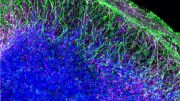

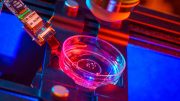
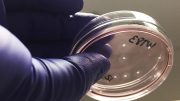
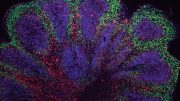

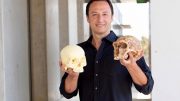
Be the first to comment on "Unlocking the Secrets of the Heart – Scientists Create a Miniature Heart in a Petri Dish"